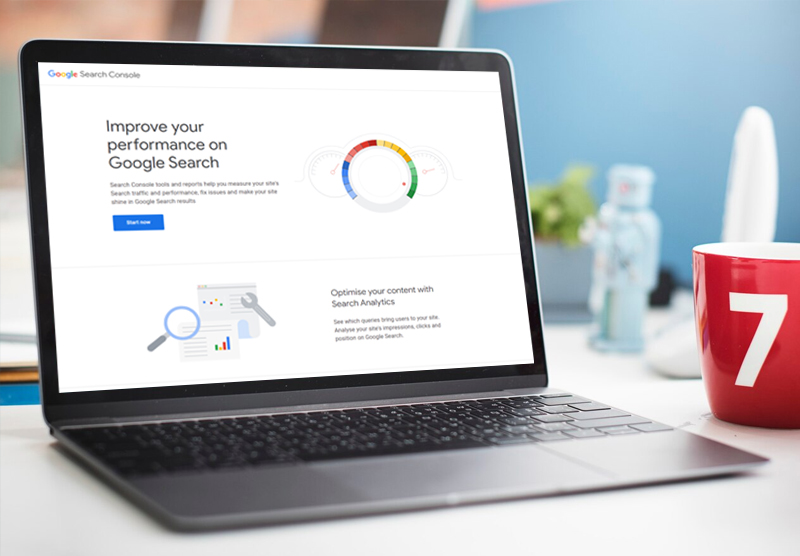Google Trends: A Powerful Tool For Strengthening Your SEO Strategies
Often overlooked in the world of digital marketing, Google Trends is a hidden gem that, when used effectively, can elevate your SEO strategies. This tool offers valuable insights for keyword research, competitor analysis, and beyond, making it a valuable resource for content creators and marketers. Here are 11 powerful ways to integrate Google Trends into your SEO strategy:
- Identify Trending Keywords
Google Trends allows you to uncover keywords gaining traction in your industry. By focusing on high-traffic topics before they peak, you can capture short-term traffic boosts effectively. - Compare Keyword Popularity
The comparison tool enables you to see how specific keywords perform over time. This way, you can prioritize keywords with lasting or increasing popularity, which is a smart way to focus your SEO efforts. - Analyze Seasonal Trends
Analyze keywords that peak at certain times of the year and plan your seasonal content accordingly. For instance, preparing holiday-related content in advance can be a strategic move. - Explore Related Queries
The “Related Queries” section is perfect for finding long-tail or related keyword opportunities. This can help you target less competitive but highly relevant keywords to broaden your content strategy. - Enhance Local SEO
By analyzing regional search interest, you can create content tailored to local trends and keywords. This strategy offers a major advantage, especially for local businesses looking to improve their local rankings. - Monitor Competitors’ Keywords
Use Google Trends to analyze trending keywords within your competitors’ sectors. Identifying content gaps or trends they haven’t yet covered gives you the opportunity to create unique content to get ahead. - Validate Content Ideas
Google Trends is excellent for checking whether your content ideas align with search demand. Creating content on trending topics will ensure you capture your target audience’s interest. - Track Brand Interest Over Time
Monitor your brand’s search volume over time compared to competitors. This data helps you measure the impact of your campaigns and adjust your strategies accordingly, making it a powerful tool for brand awareness. - Optimize Video SEO
Google Trends can help you identify trending keywords specific to platforms like YouTube. By creating video content around popular keywords, you can reach a wider audience. - Discover New Markets
Analyzing international trends allows you to identify global content opportunities. Google Trends helps you adapt your SEO strategy to reach new markets and expand your brand’s reach. - Identify Long-Term Trends
By examining historical data on Google Trends, you can focus on topics with long-term growth potential and create evergreen content. This leads to sustainable, long-term traffic.
Google Trends is a powerful resource for SEO research, content ideation, and competitor analysis. Start with these 11 practical applications to enhance your SEO strategy and increase your organic traffic. If you’re not already using Google Trends, incorporating it into your strategy could be your next step forward.












